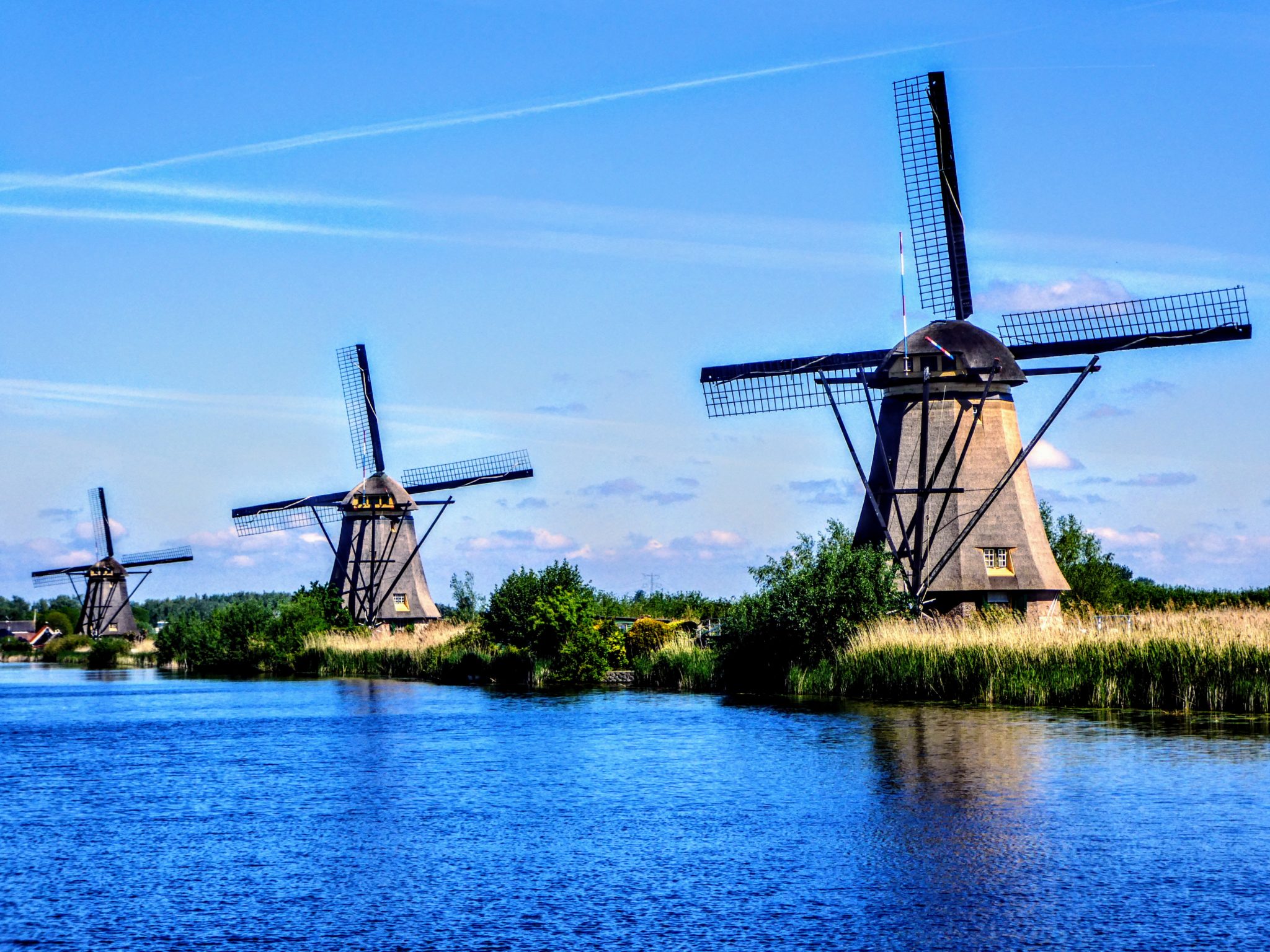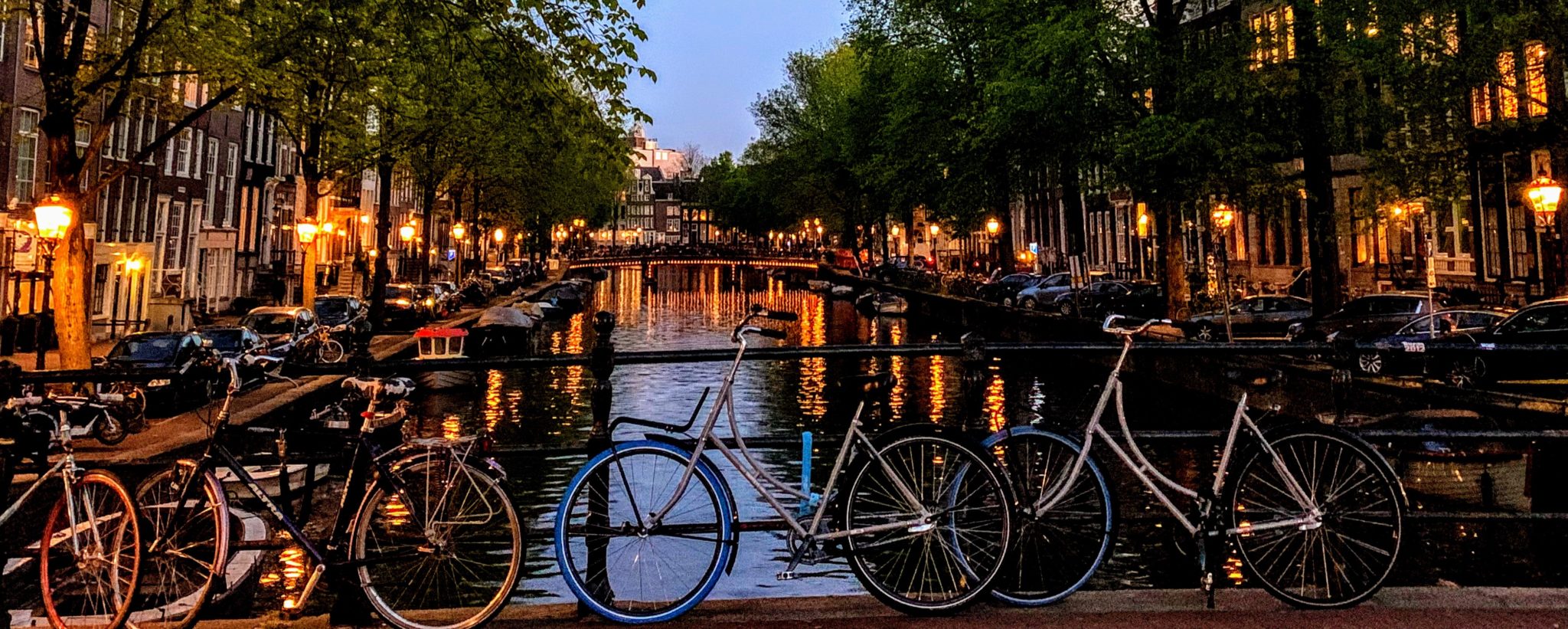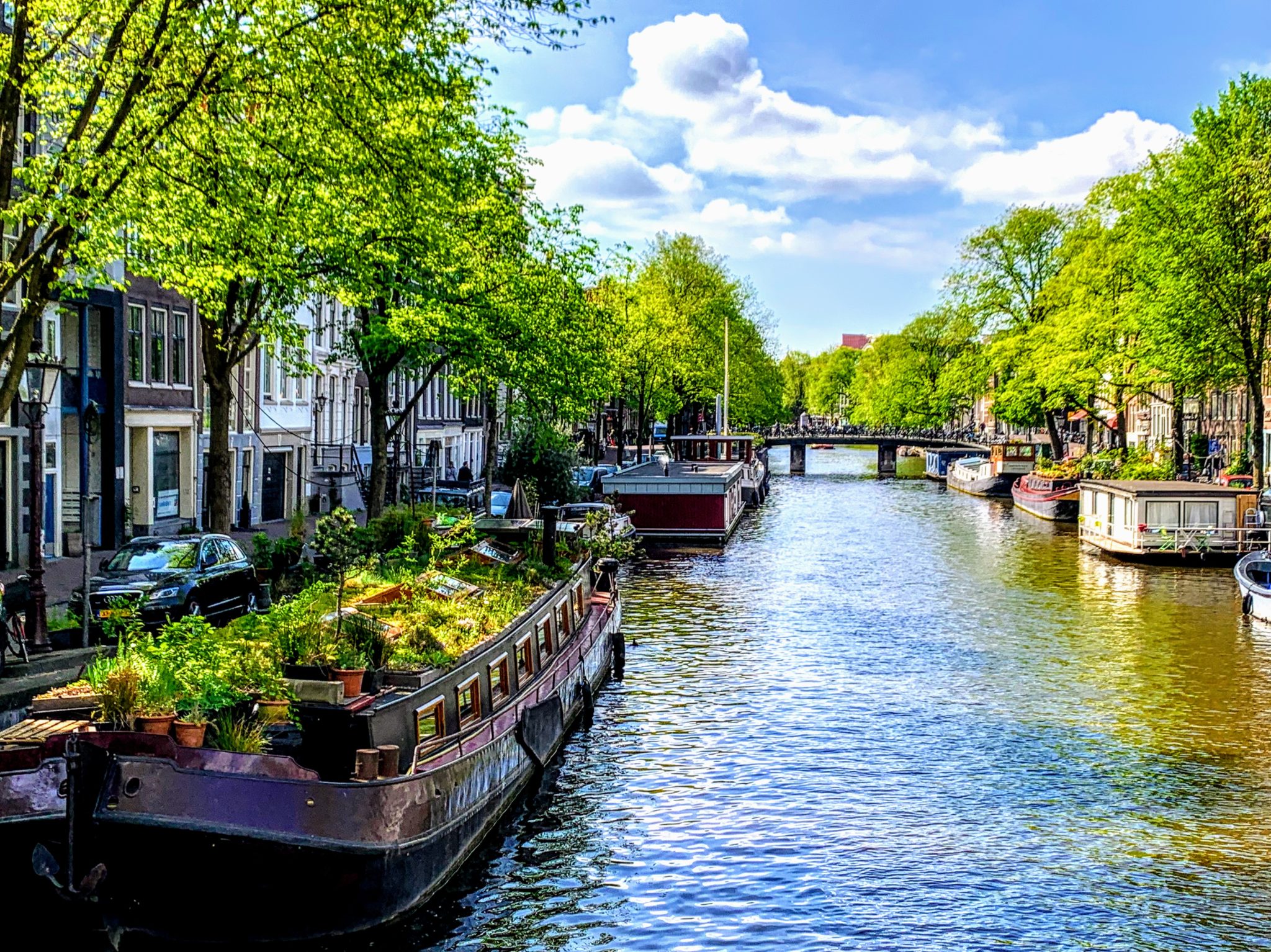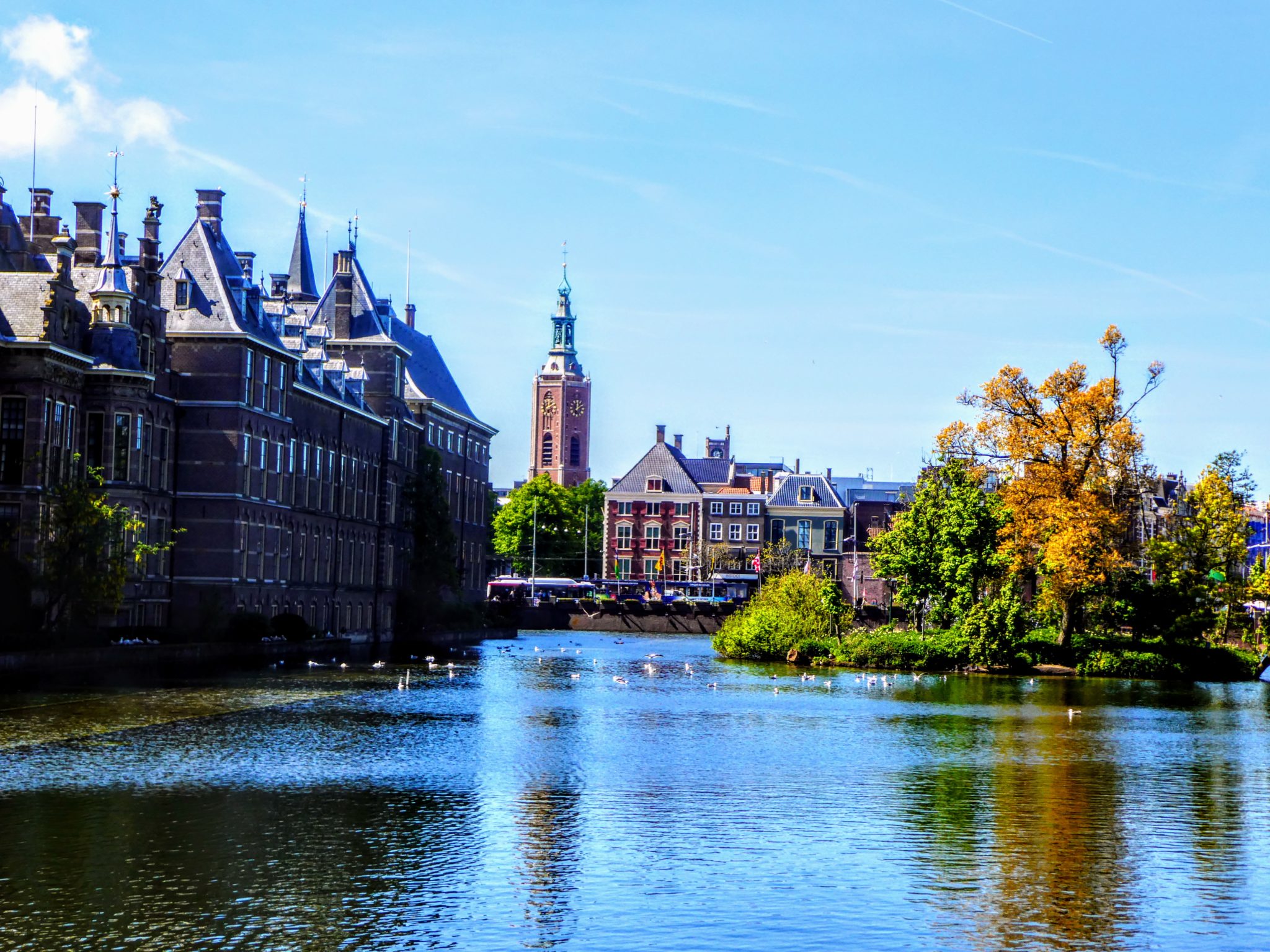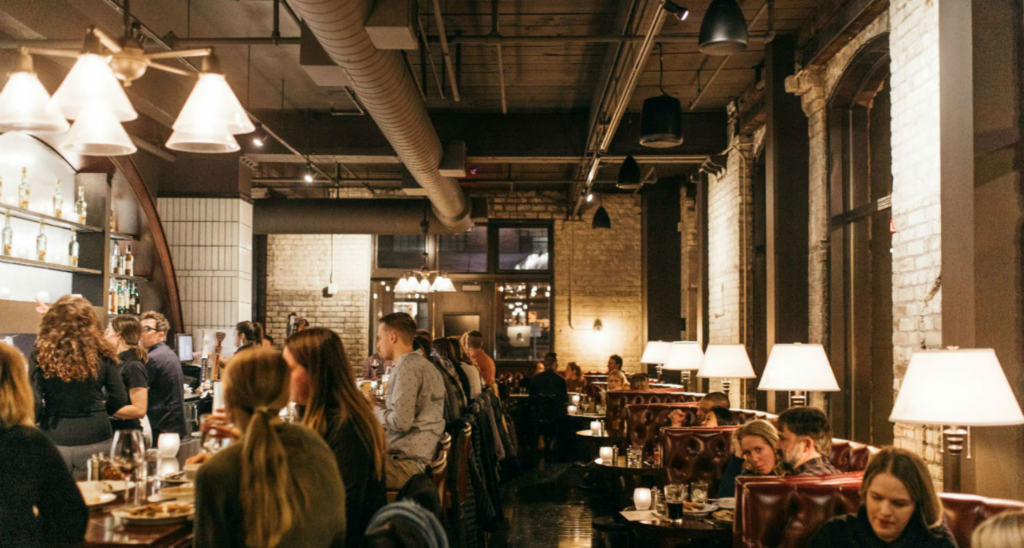May 15, 2019
We always knew there was an actual city and country outside of Schiphol airport. We had even heard it was pretty cool—but in nearly 100 trips in and out of the airport, we’d never actually ventured outside.
For us Delta disciples, Amsterdam is the gateway to every city in Europe within a short hop. And many times, as we’ve flown in, we’ve been intrigued by the fields and fields of bright tulips we see before landing (along the coastline).
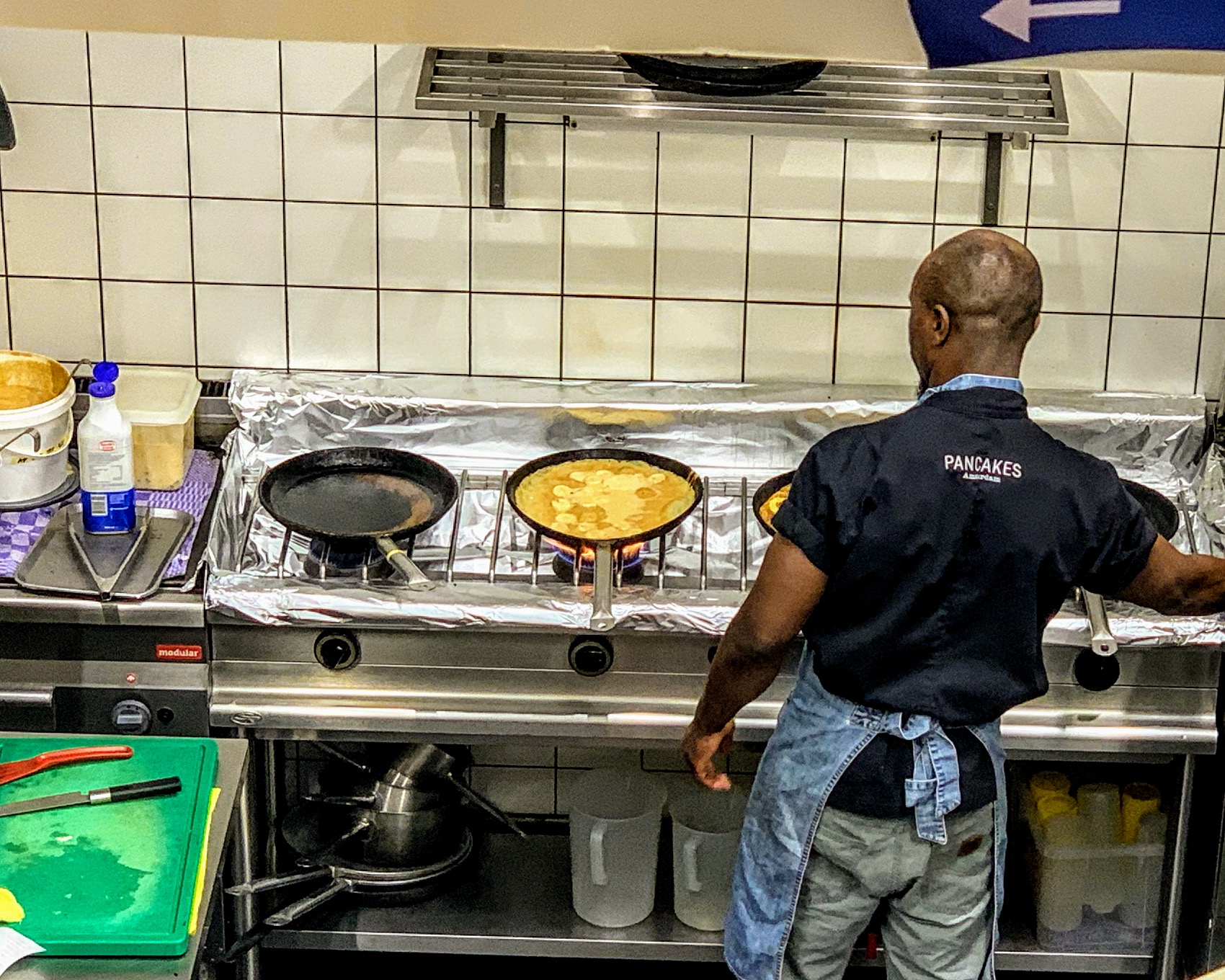 We decided last-minute it was time to change that. Well, actually, Delta decided. It’s a relationship in which we have very little control, despite being the ones who pay for everything: They smile and claim they’re there to serve us, all while dangling shiny things like miles and status and global upgrades to keep their hooks in. (We fall for it. We need couples’ counseling with Delta.)
We decided last-minute it was time to change that. Well, actually, Delta decided. It’s a relationship in which we have very little control, despite being the ones who pay for everything: They smile and claim they’re there to serve us, all while dangling shiny things like miles and status and global upgrades to keep their hooks in. (We fall for it. We need couples’ counseling with Delta.)
Which is how we ended up in Amsterdam for breakfast. Well, technically three breakfasts, two lunches, and two dinners. I believe some people refer to it as a “weekend.”
It’s not as crazy as it sounds. It’s a direct flight just over seven hours, a 20-minute car ride from the airport, and you’re in the center of Amsterdam. It’s taken me longer to get from Minneapolis to Harrisburg, PA, a few too many times.
And we really did arrive just in time for breakfast. What do you do at 7:30 a.m. in Amsterdam? Have pancakes, of course. (They’re crazy about their pancakes and Poffertjes, and even the locals will stand in line at places like the Pancake Bakery on weekends.)
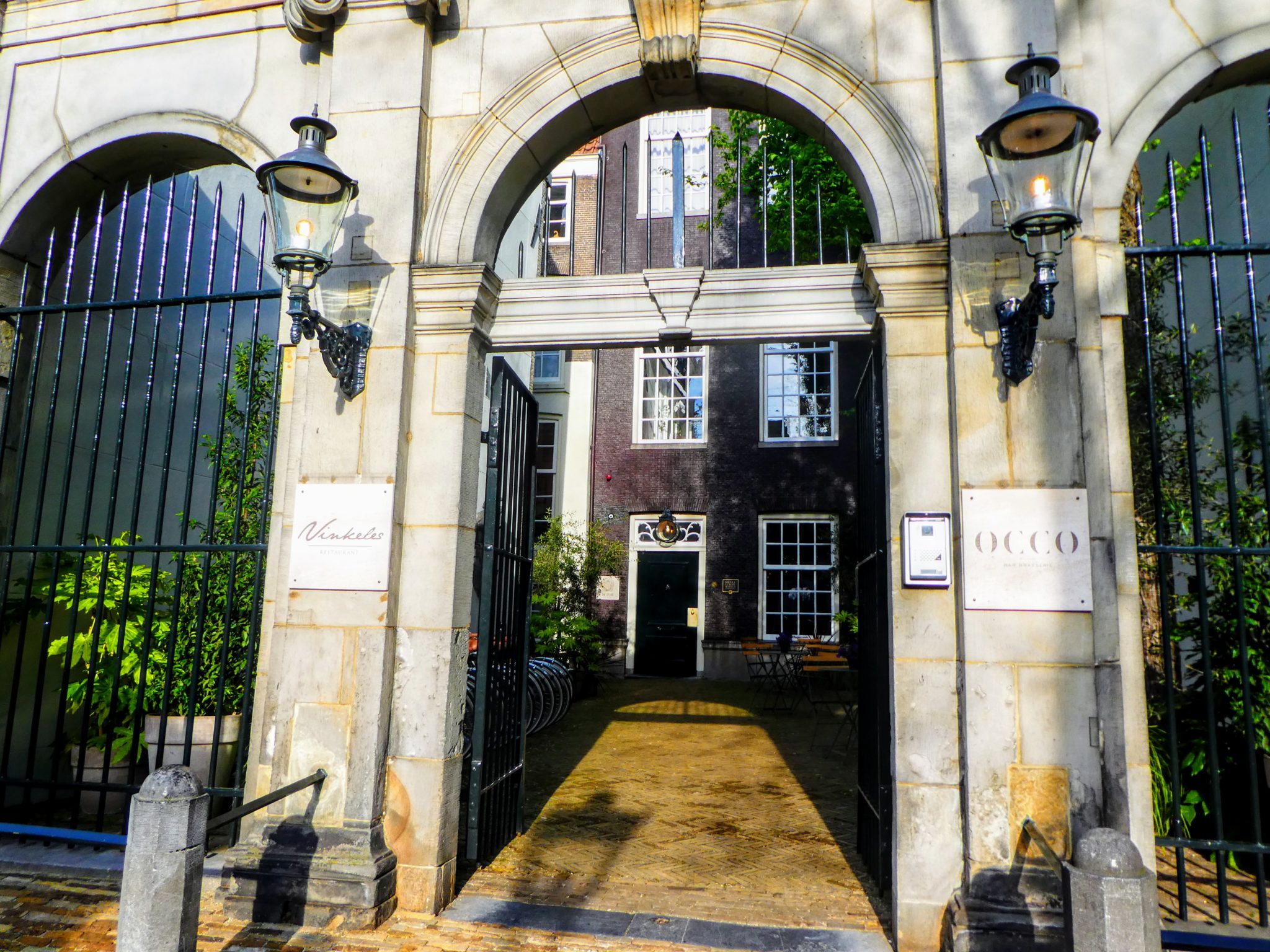 To Stay:
To Stay:
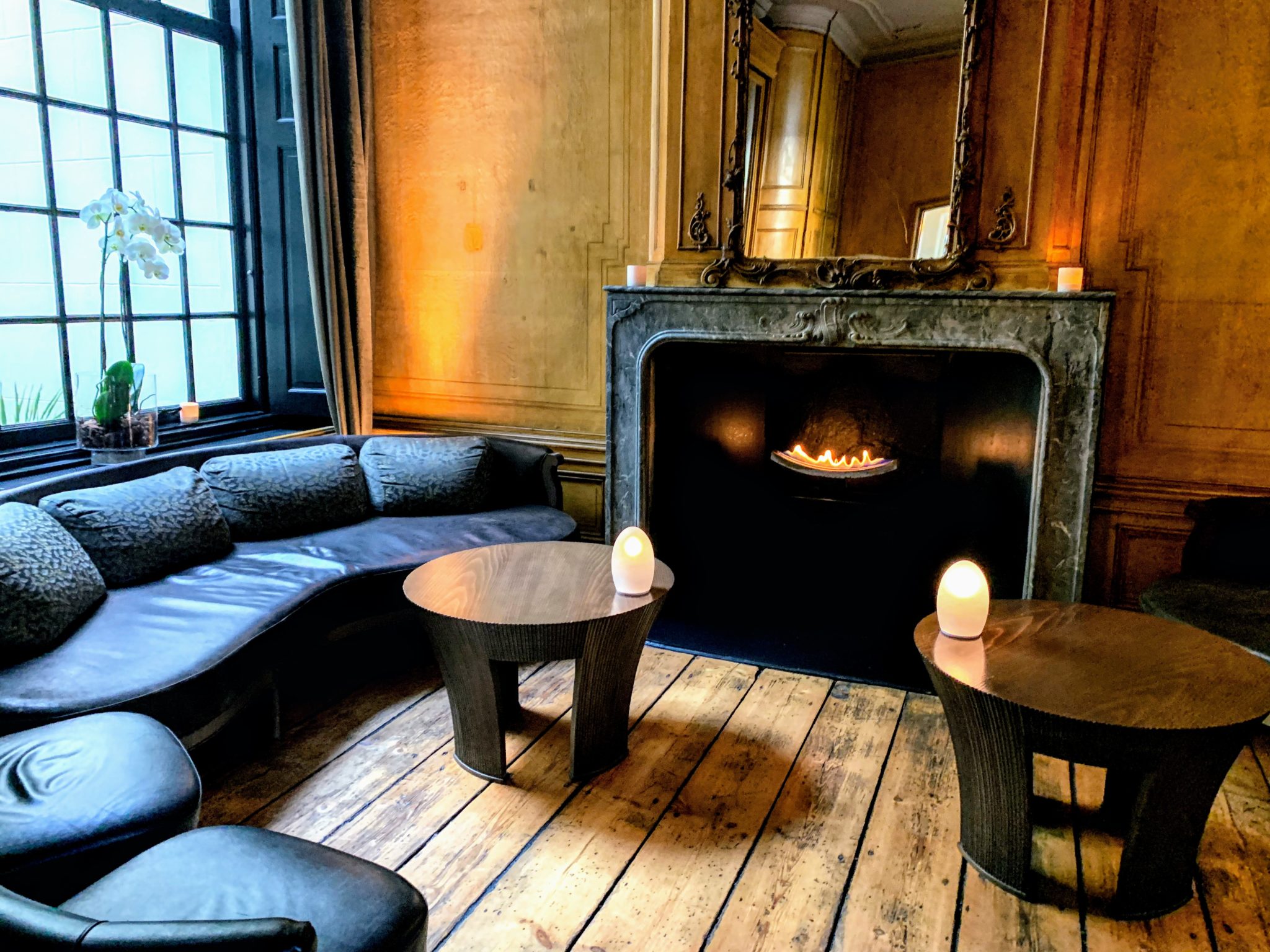 We get a lot done in a short time in a city, including getting to know the locals and the neighborhoods. These three hotels (all near each other) are in the best location to stay in the city. They are within the 9 Streets (small streets with only Dutch stores and restaurants) in between the Jordaan neighborhood (no misspelling; the Dutch love their double consonants), the Centrum, and Old Town, just a few minutes from the Anne Frank House and the Western Church. The area has a lot of foot traffic, but nowhere near as much as if you get closer to the Red Light District. And it’s much more neighborhood-like than staying at De L’europe (owned by the Heinekens—yes, those Heinekens—with a great terrace on the water), the Conservatoriam (near the museums), the Sofitel (the former town hall near the Red Light District), or any of the number of international chains.
We get a lot done in a short time in a city, including getting to know the locals and the neighborhoods. These three hotels (all near each other) are in the best location to stay in the city. They are within the 9 Streets (small streets with only Dutch stores and restaurants) in between the Jordaan neighborhood (no misspelling; the Dutch love their double consonants), the Centrum, and Old Town, just a few minutes from the Anne Frank House and the Western Church. The area has a lot of foot traffic, but nowhere near as much as if you get closer to the Red Light District. And it’s much more neighborhood-like than staying at De L’europe (owned by the Heinekens—yes, those Heinekens—with a great terrace on the water), the Conservatoriam (near the museums), the Sofitel (the former town hall near the Red Light District), or any of the number of international chains.
To Do:
Hire a bike guide. (Thanks, Peter.) It’s a biking city unlike anything you’ve ever seen. There are actually more bikes than people, and in the streets, the bikes are like dodging a mine field. It’s not bicycling like we’re used to (mountains, rolling hills); it’s biking as transport only. You’ll learn bikes have the right of way over pedestrians, cars, and even pigeons. Trains are the only thing higher on the food chain than bikes, which you’ll quickly learn after a few near misses. But it’s daunting to go out yourself for the first time, so following a guide is a great way to navigate the small city and actually learn about the pretty fascinating history of Amsterdam and their constant management of water and soil.
 By bike touring with a local, you’ll quickly learn about the canals (useful, since most directions you’ll get are to the effect of “One canal over and two canals down”). They have streets, too, but the locals seem to disregard them—unless they’re biking on them, of course.
By bike touring with a local, you’ll quickly learn about the canals (useful, since most directions you’ll get are to the effect of “One canal over and two canals down”). They have streets, too, but the locals seem to disregard them—unless they’re biking on them, of course.
Once you have wheels, it’s so much easier to cruise from the Central Station and the Oosterdok to see the perimeter of the old city walls and the four churches that form a cross. You can easily get to the Museum Quarter and through Vondelpark (where you’ll find the happiest dogs in the world), and do an earlier morning drive-by of the Red Light District (the best way to see it, since it gets crowded later on). Go visit Rembrandt at his square or museum and get a taste of history at the Resistance Museum.
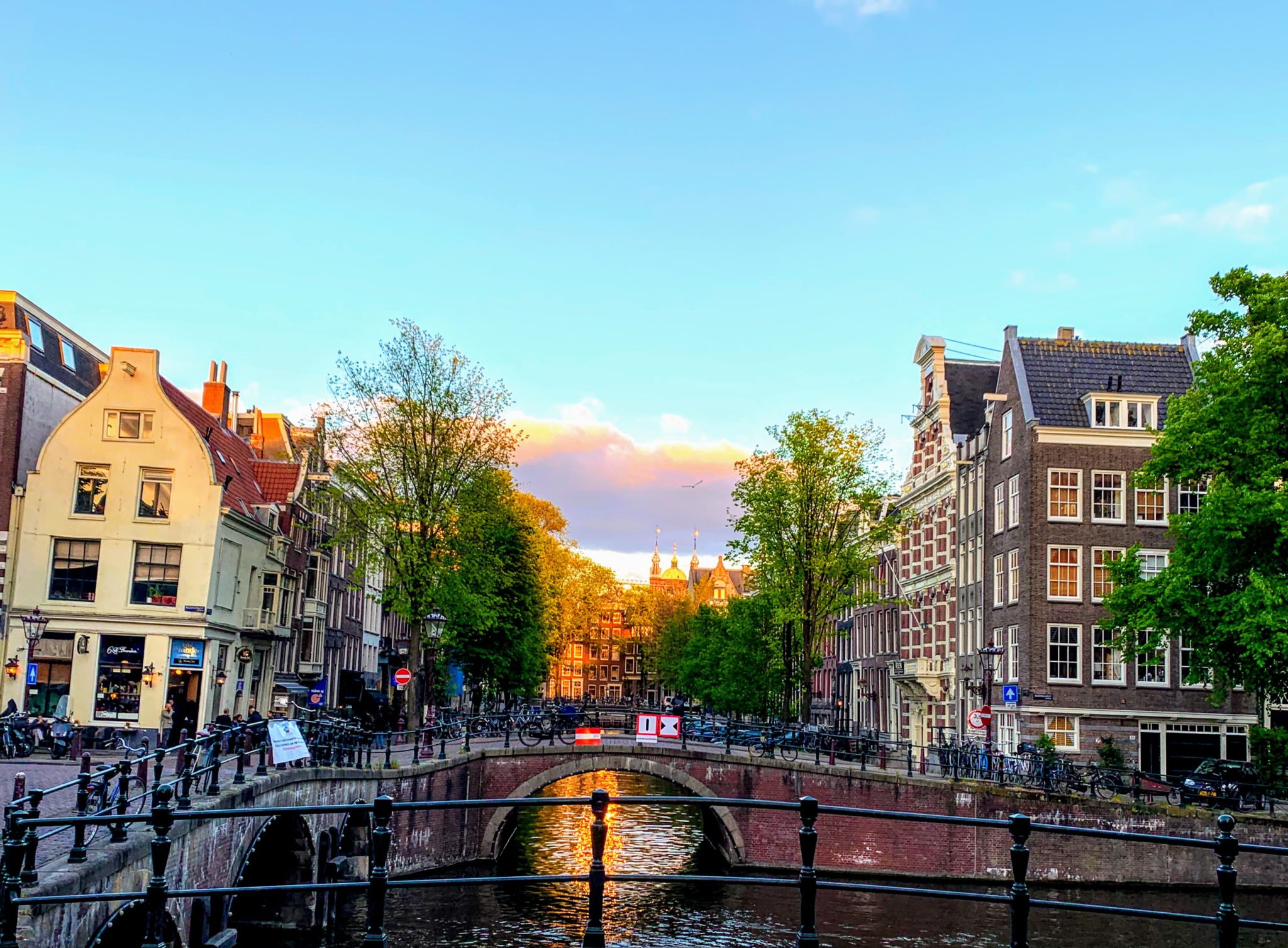 You can take the canal cruise in the afternoon, but the bike guide will help you find the hidden churches and squares (like Begijnhof for chics only), and always knows the best places for apple pie. (Thanks again, Peter.)
You can take the canal cruise in the afternoon, but the bike guide will help you find the hidden churches and squares (like Begijnhof for chics only), and always knows the best places for apple pie. (Thanks again, Peter.)
A half-day by bike and you’ll know where you want to spend more time the next day, since it’s also a great walkable city. And you’ll learn that Amsterdam is all water that they simply keep pumping out. The houses tilt because they’re built on sand, and they tilt forward because they use the hooks on the top to get the furniture in and out without banging the house. The ones bending in all directions? Don’t even ask. It’s cool to just see the variety of houses and architecture.
 To Eat and Drink:
To Eat and Drink:
If you’ve read any other posts, you know our travel is mostly about eating and drinking. If you took our advice with the neighborhood, within a very short walk you have access to some great little restaurants:
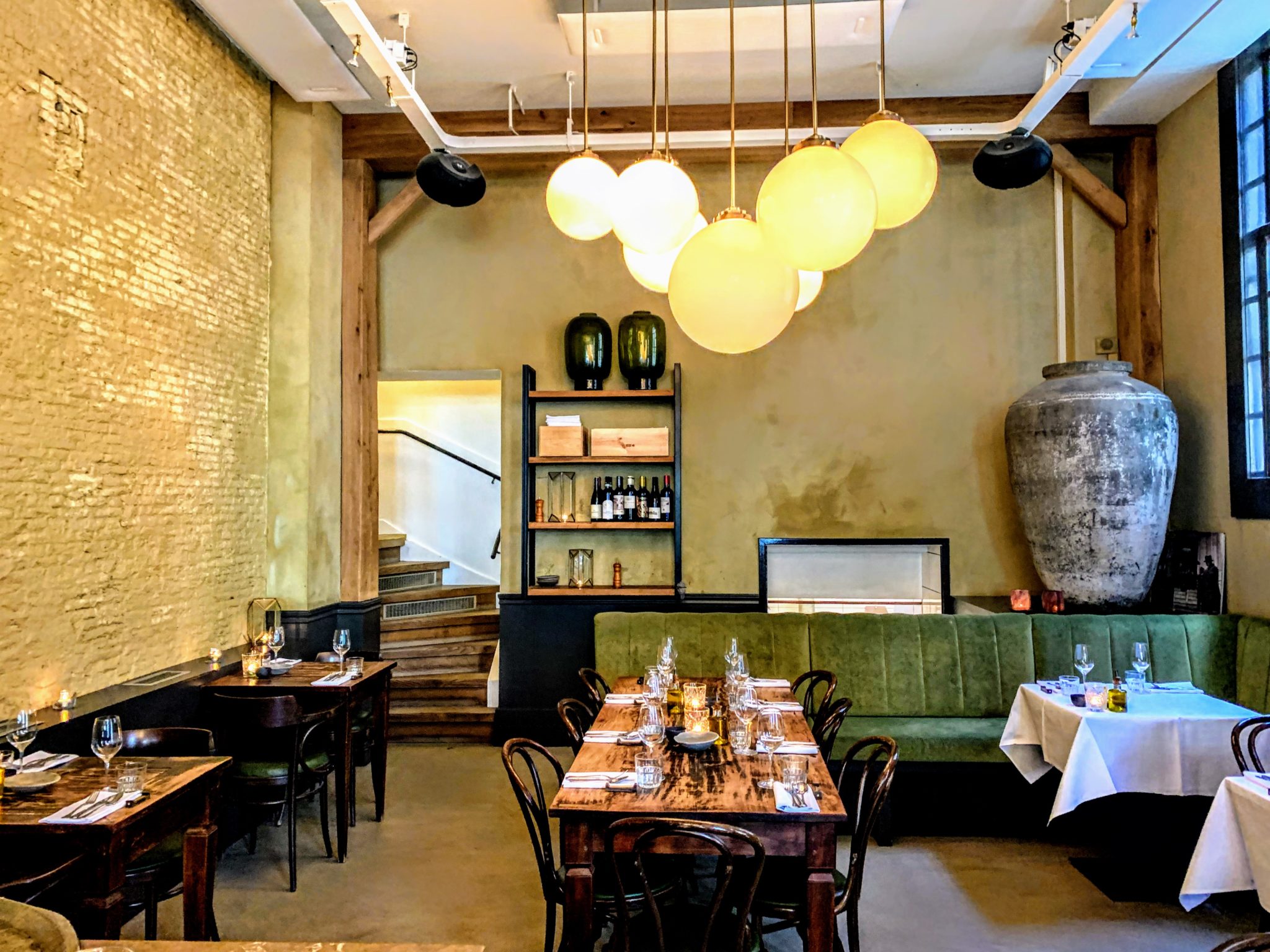
- Café de Klepel
- Envy
- Jansz
- Breda (or its sisters)
- Bussia
- Ron Gastrobar
- Loetje (for a simple steak and bar menu)
- Occo (in the Dylan Hotel—make it a must-stop, especially if you don’t stay there)
- The Duchess
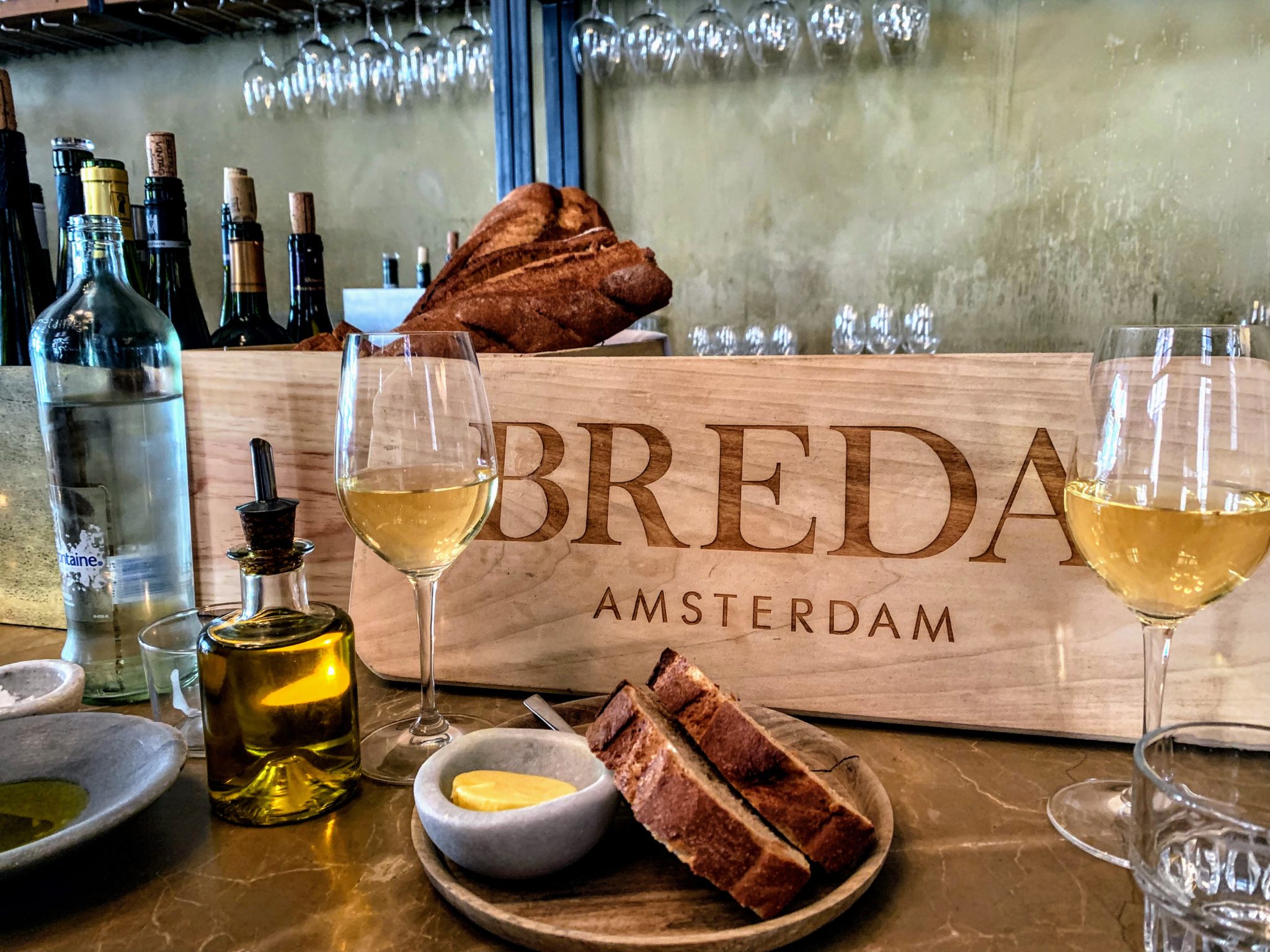 But the most surprising thing about Amsterdam is the incredible collection of amazing restaurants dotted around the city. It’s known for a number of Michelin-starred places like Vinkeles (in the Dylan Hotel) and De Kas (“The Greenhouse”), but there is a lot of chef talent in the city to be explored.
But the most surprising thing about Amsterdam is the incredible collection of amazing restaurants dotted around the city. It’s known for a number of Michelin-starred places like Vinkeles (in the Dylan Hotel) and De Kas (“The Greenhouse”), but there is a lot of chef talent in the city to be explored.
Or score an outside seat one on of the canals at places like Café George or Jansz (rare exceptions to our usual “better location, worse food” rule). In Amsterdam (where 70 degrees is hot), anywhere in or facing the sun is gold.
Further Afield:
If you find yourself with an extra half day, get outside of the city and either head north or go down to the North Sea to see the flower fields (if in bloom) and The Hague. The Hague is a hidden gem of a city known for its international courts—but it doesn’t get the credit it deserves for its beauty and history. If you’re there early enough in the morning, stop by Kinderdijk to see the collection of active windmills (a UNESCO site). You’ll learn the windmills have a big job in this country: They’re responsible in large part for Amsterdam not being part of the sea, as they produce energy to pump the water out, and have since the 16th century.
Now that we figured out how to exit Schiphol, and know that there’s a phenomenal place beyond the runways and the terminals, we’ll be back.
